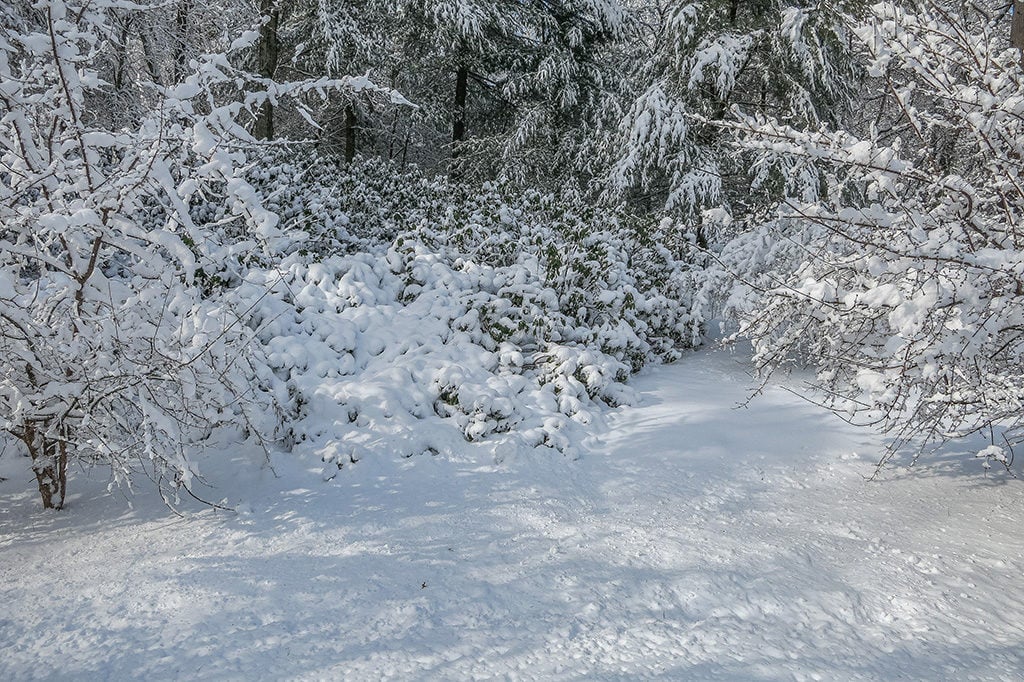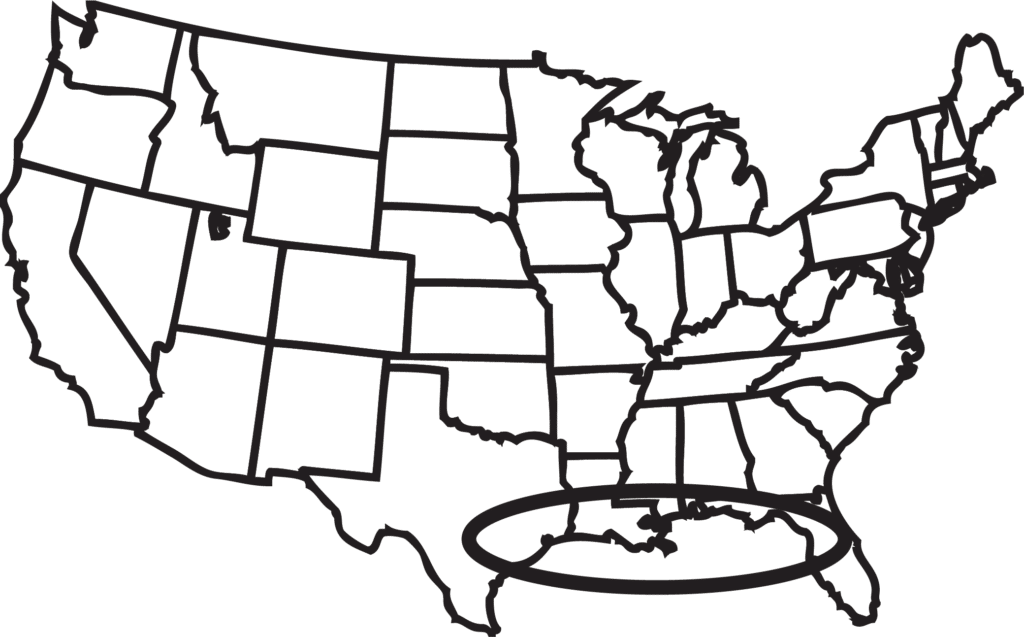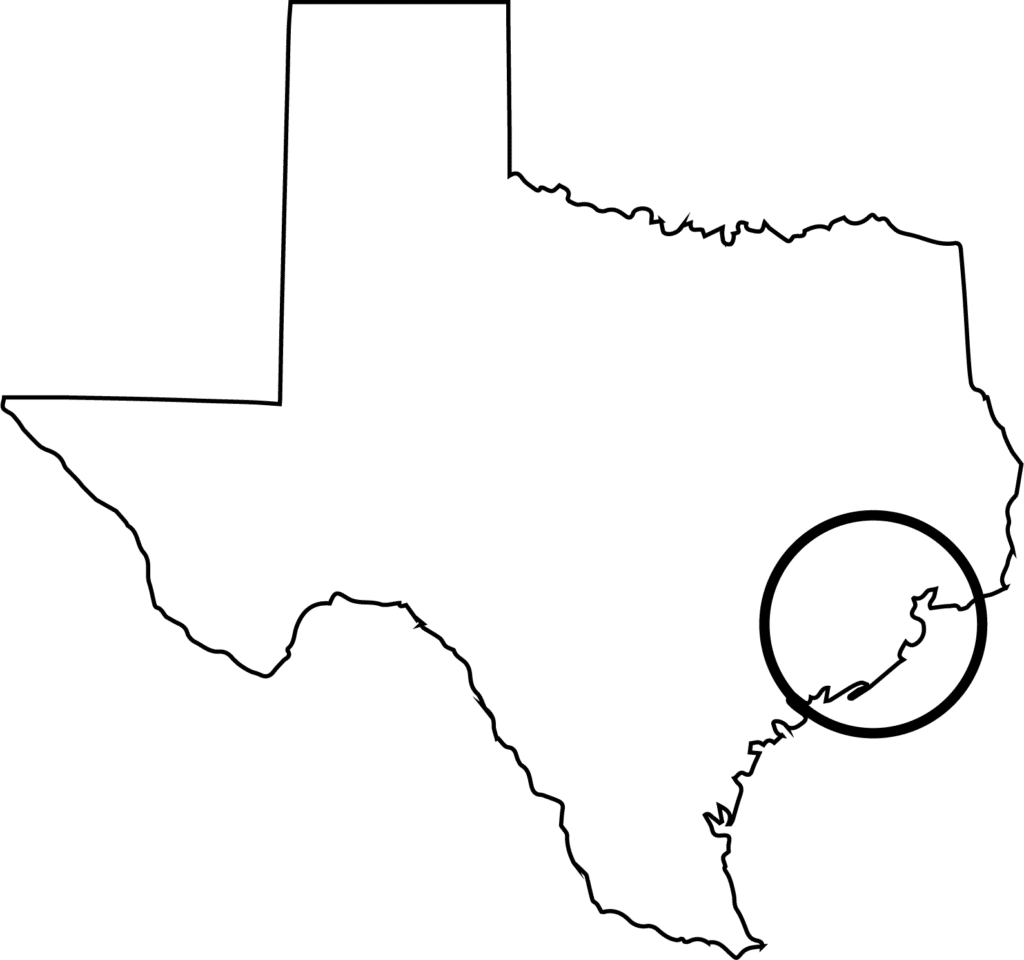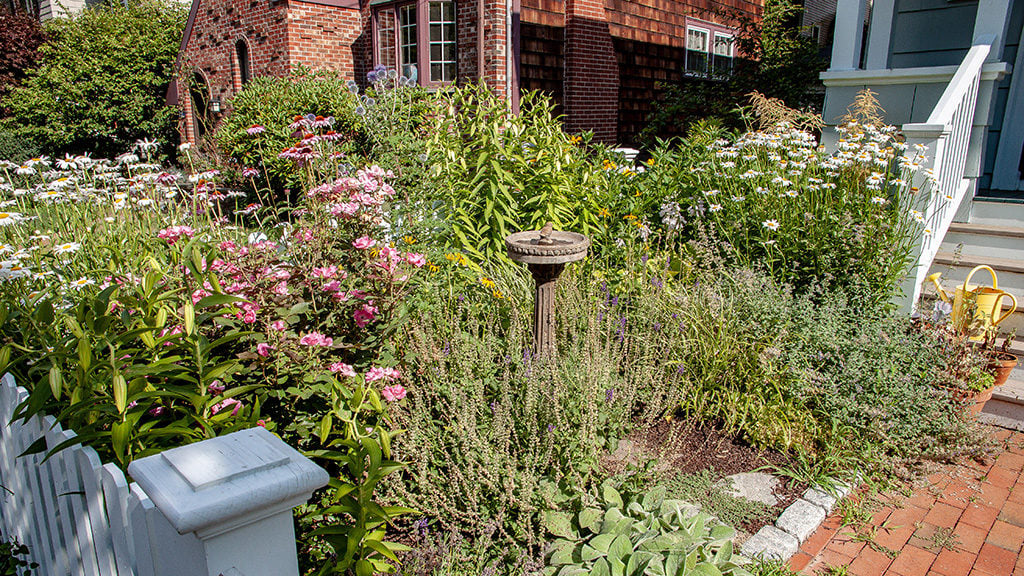Climate
A climate is an average range of weather conditions in a particular place. This place can be as broad as the entire planet or as small as your backyard. For our purpose’s climates break down into three levels: regional, area, and microclimates. Regional climates are the broadest you’ll need to be concerned with e.g. northeastern United States. Area climates are more specific, usually the area covered by your local news station. Microclimates are site specific—your garden site has its own microclimate, even if the site is just one plant.

As you may see, there is considerable overlap between these levels: the factors that affect your regional climate are similar to those that affect your area climate, just on different scales. The average snowfall in your state probably won’t be the same as the snowfall in your backyard.

Regional Climate
The regional climate, or at least the regional temperature range, can be determined by referring to the USDA Plant Hardiness Zone Map in the “Toolbox” area of the Garden Tutor site. Zones are based on average monthly minimum temperatures, so just know what zone your site is in and choose plants that grow in your zone, especially if you order plants by mail. If you purchase plants from local nurseries, chances are good they will grow in your zone, although there are exceptions.

Area Climate
Your area climate is the general area surrounding your site. It includes your town, city, or county. Nearby hills and valleys, large bodies of water, and large metropolitan areas can affect all manner of weather factors. It is then a more accurate measure of what will constrain your gardening decisions than the regional climate because it encompasses a much smaller area. It is important to note that area climates can be subject to other influences beyond weather such as prevailing soil types or deep valleys that get reduced amounts of sunlight.

To determine your area climate, watch local weather reports for trends and pay attention to general descriptions that people use when discussing your area. Descriptions like “the soil in our area is very acidic” or “our weather is affected locally by the wind patterns off Lake Erie” can clue you in to the prevailing conditions in your area. You can also ask your local nursery staff or talk to your gardening friends.

Microclimate
Your microclimate includes all of the conditions specific to your site, and it is your most important gardening constraint. There are many microclimatic variables, and in the rest of this module we try to discuss the ones directly relevant to site analysis. This module contains a lot of important information, most of it basic to successful gardening; any factor discussed in this module can affect your microclimate, and hence your garden.

